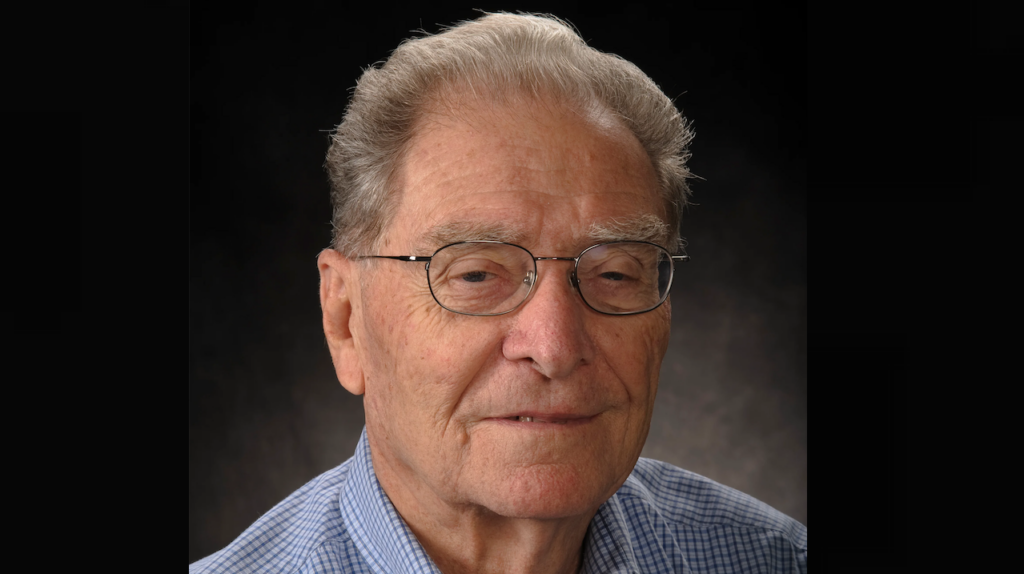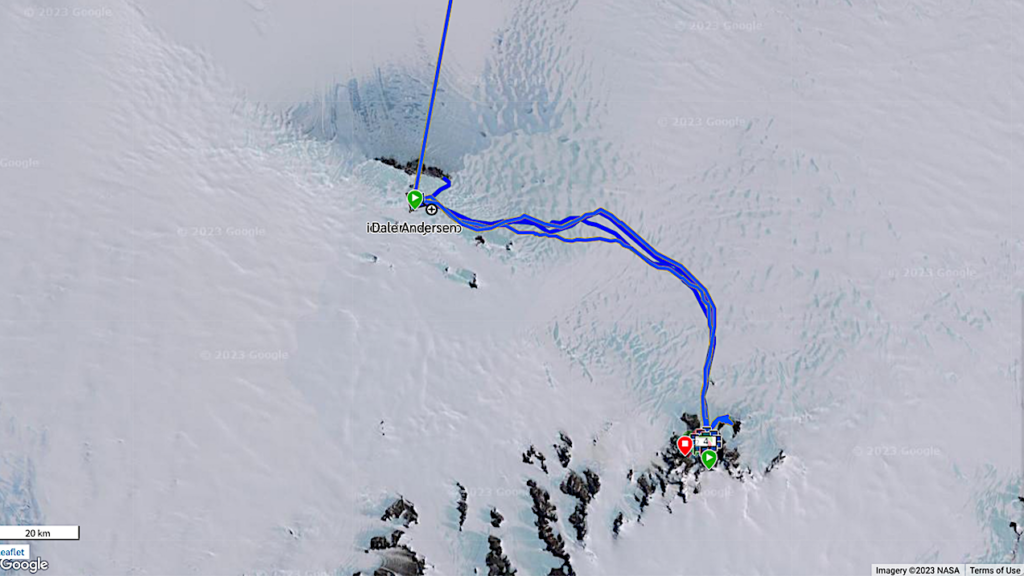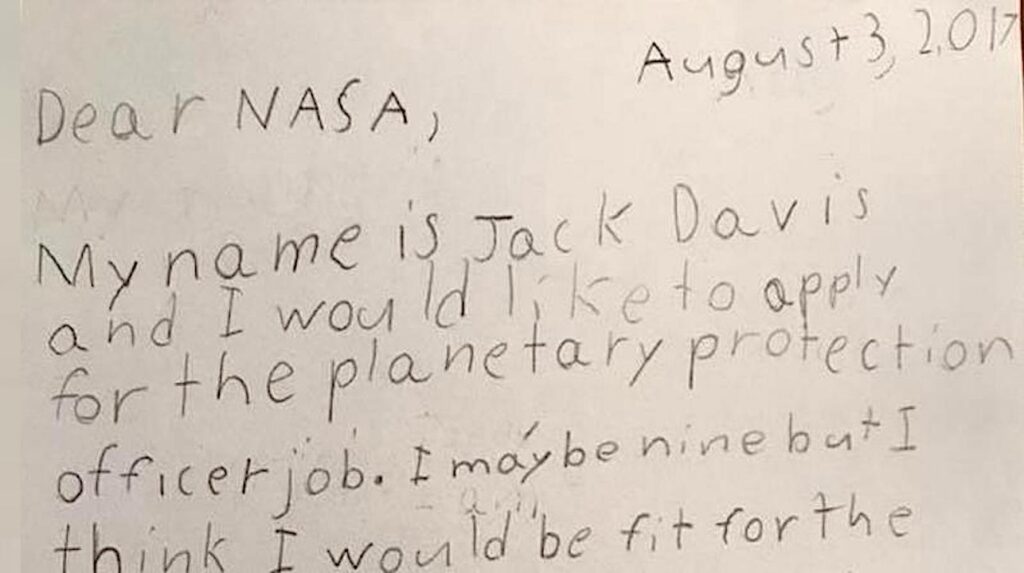Leaving VASIMR In The Dust
 Hyperdrive Propulsion Could Be Tested at the Large Hadron Collider, Technology Review
Hyperdrive Propulsion Could Be Tested at the Large Hadron Collider, Technology Review
“The basis for Felber’s “hypervelocity propulsion” drive is that the repulsive effect allows a relativistic particle to deliver a specific impulse that is greater than its specific momentum, thereby achieving speeds greater than the driving particle’s speed. He says this is analogous to the elastic collision of a heavy mass with a much lighter, stationary mass, from which the lighter mass rebounds with about twice the speed of the heavy mass. What’s more, Felber predicts that this speed can be achieved without generating the severe stresses that could damage a space vehicle or its occupants. That’s because the spacecraft follows a geodetic trajectory, in which the only stresses arise from tidal forces (although it’s not clear why those forces wouldn’t be substantial).”








